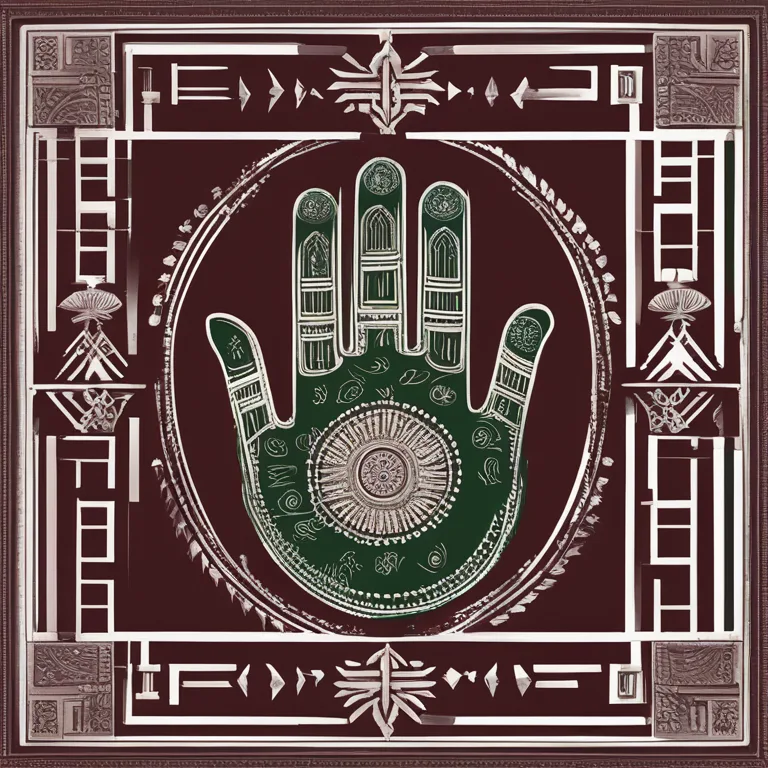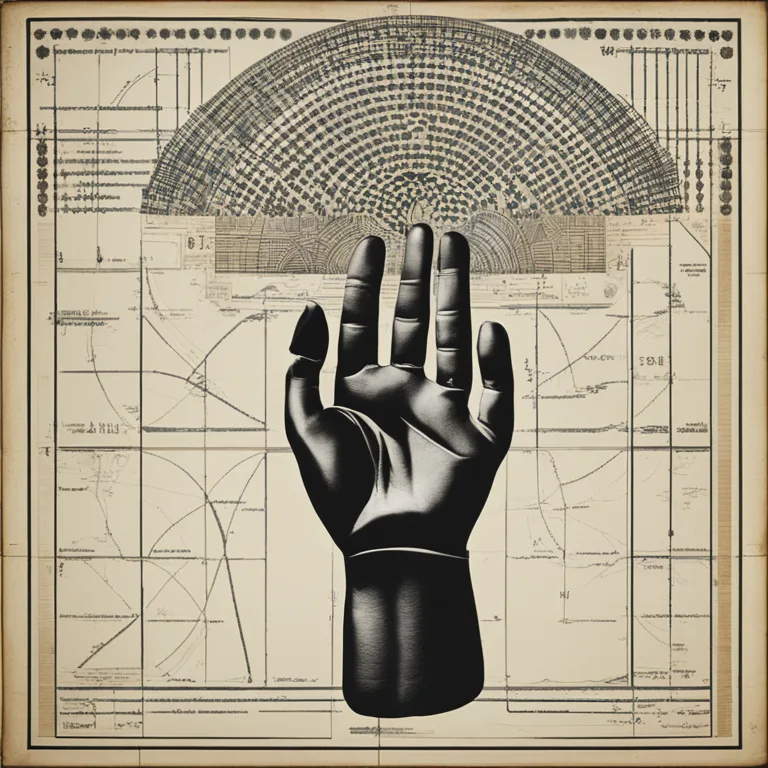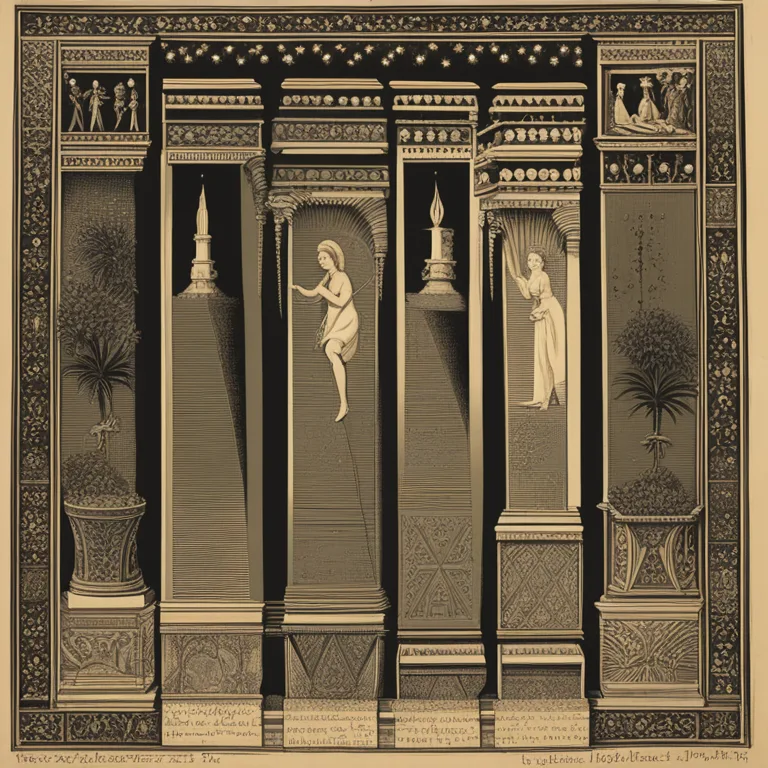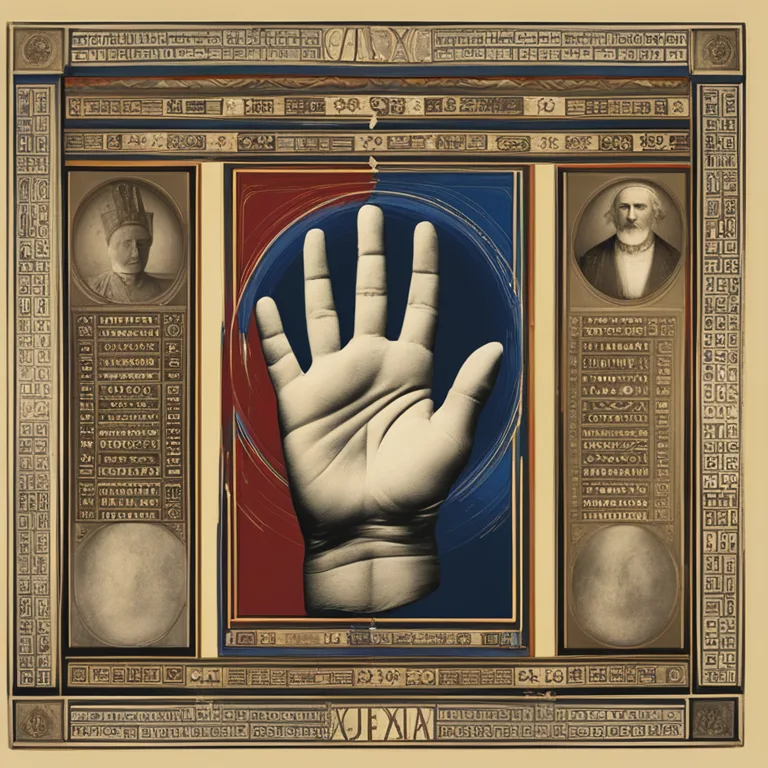
The Roots of Palmistry: Tracing its Historical Beginnings
Delve into the fascinating past of palmistry, from ancient practices to its current resurgence, uncovering the origins of this intricate art of hand reading.
article by Nora Pennington
The Genesis of Palm Reading
The ancient practice known as palmistry, also commonly referred to as chiromancy, is the art of analyzing an individual's palms to predict their future and discern their character. Its inception dates back to thousands of years ago, with roots in diverse cultures across the globe. The precise origin is shrouded in mystery, but evidence suggests that palmistry was practiced amongst the ancient civilizations of India, China, Egypt, and Mesopotamia. It was an integral part of astrology and was believed to be a divine language spoken through the hands.

The Cultural Spread of Palmistry
The dissemination of palmistry from ancient societies followed various trade routes and cultural exchanges. It flourished especially in the classical worlds of Greece and Rome. Historical figures like Aristotle and Alexander the Great are rumored to have shown interest in palm reading, indicating that palmistry was already a subject of curiosity and study. The texts and teachings that emerged from these regions formed a significant part of the knowledge that would traverse into the Middle Ages and beyond.

Palmistry's Journey Through Time
Over the centuries, the practice of palmistry faced challenges, particularly during the medieval period when anything linked to divination was often frowned upon. However, it survived, often practiced behind closed doors. The resurgence of palmistry occurred during the Renaissance—age characterized by the revival of intellectual discourse and scientific examination—when it began to be examined under the lens of rationality and empirical knowledge.

Modern Evolution
As the world entered the modern era, palmistry continued evolving. The 19th and 20th centuries saw a new wave of enthusiasm for this ancient craft, with practitioners aiming to classify hand readings into more systematic approaches. Pseudoscientific aspects were shed as greater emphasis was placed on the psychological and personal insights that could be gleaned from the lines, shapes, and forms within an individual's palms.

Contemporary Palmistry
Palmistry today enjoys a varied reception. With the advent of the digital age and a renewed interest in esoteric sciences, palmistry has garnered a place within contemporary mystical practices. Online resources, applications and virtual readings have modernized the appeal of palmistry, linking ancient wisdom with modern seekers. While skeptics remain, the curiosity and allure of unlocking personal narratives through our hands continue to captivate.
The Future of Palm Reading
Looking ahead, palmistry's journey is likely to progress hand-in-hand with technology, offering personalized readings using biometric data and algorithms. As society becomes more accepting of diverse methods of self-exploration and alternative spirituality, palmistry is anticipated to further integrate into mainstream culture, offering insights and entertainment to the spiritually inclined.
Published: 1/3/2024
Modified: 1/3/2024
More predictions
Come back here soon to learn more about yourself and your future


The Lines of Learning: Palmistry's Education Marker
Discover the significance of the Education Line in palmistry and learn how it reflects one's intellectual pursuits and learning style.


The Correct Hand for Palm Reading: A Guide
Learn which hand to read for insightful palmistry interpretations and how the distinction influences personal readings.